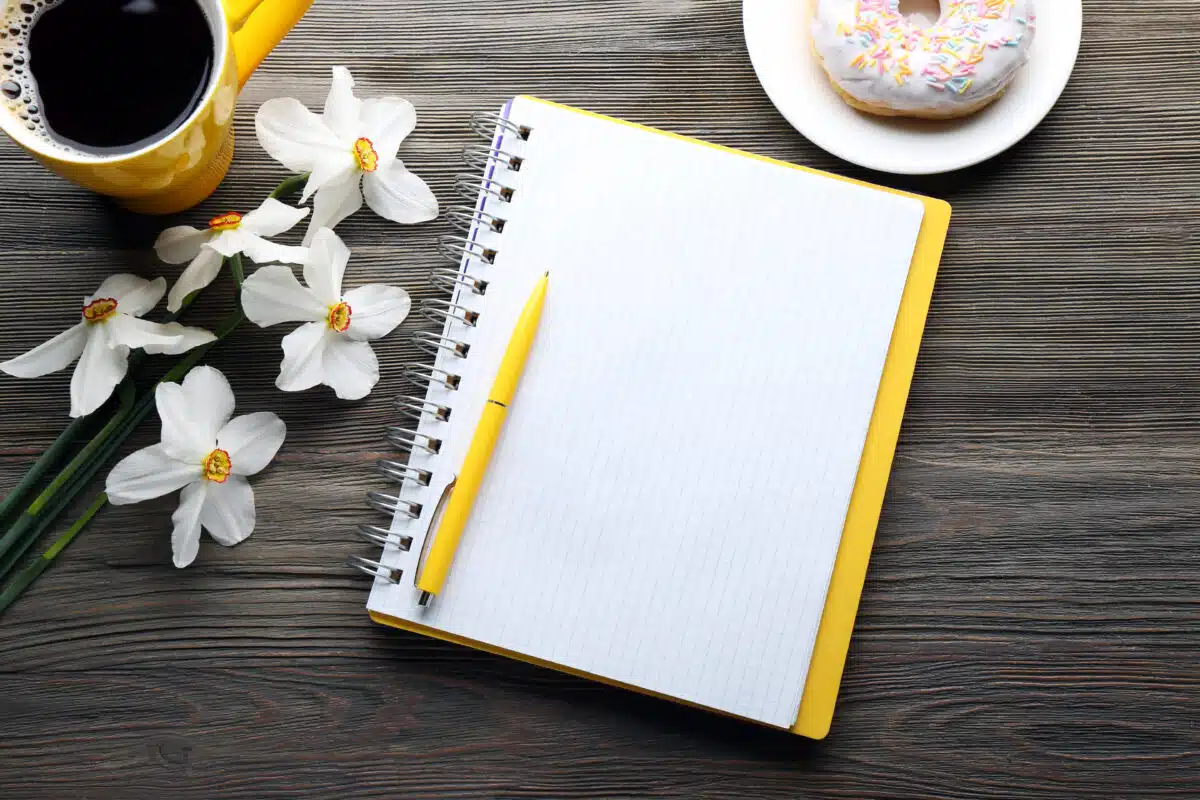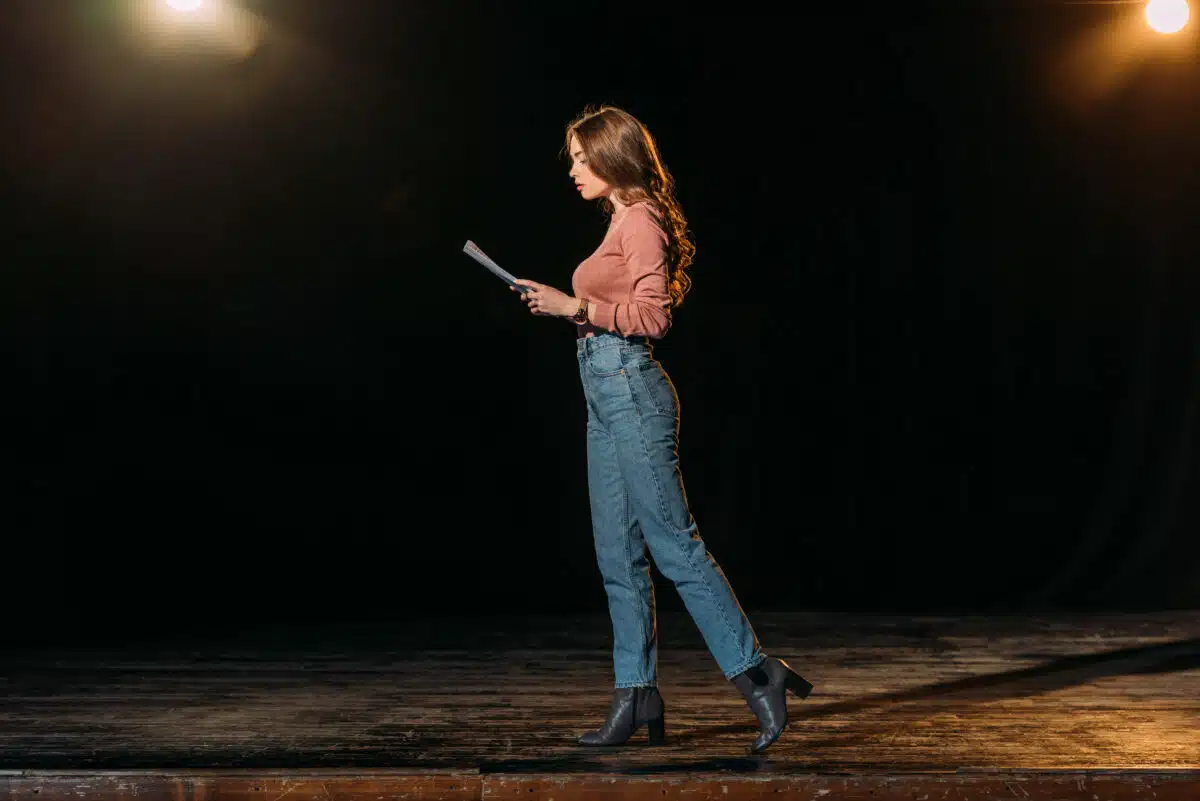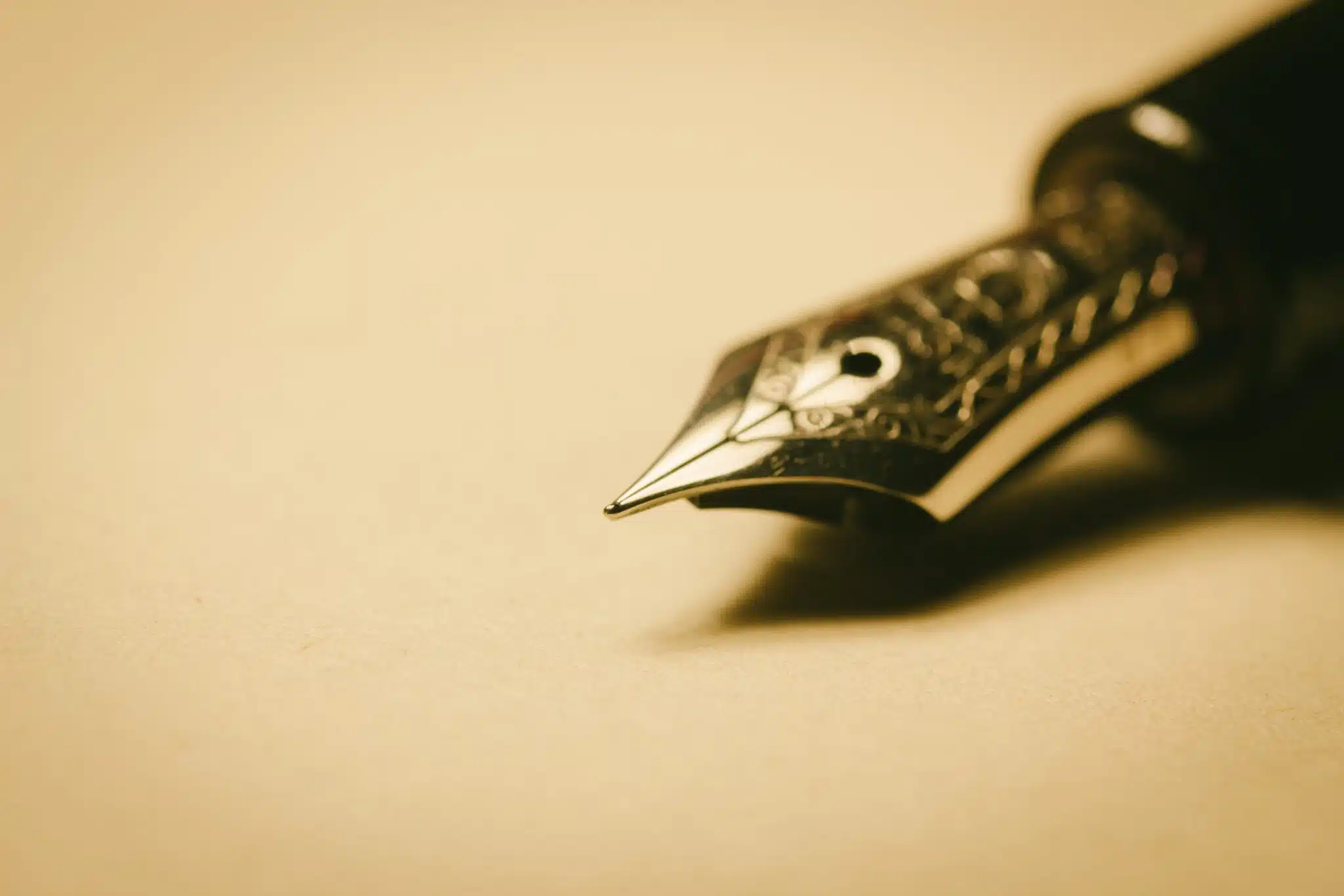Here’s what the Slam poetry form is:
Slam poetry is a type of competitive poetry that emerged after Marc Kelly Smith started holding competitions in the 1980s, coining the term “poetry slam” for these events.
Slam poems are prepared with an emphasis on vocal delivery and audience engagement.
They’re as much about the performance as the poem.
So if you want to learn all about the Slam poetry type, then you’ve come to the right place.
Let’s get right into it!
- McWhirtle Poetry Form: Find Fun from the Mundane
- Confessional Poetry Form: Speak Heart’s Truth
- Trenta-Sei Poetry Form: Light Up Emotional Tales
- Vocabularycleft Poetry Form: Be a Jumble Genius
- Terzanelle Poetry Form: Spin Hopes in Notes
- Mistress Bradstreet Stanza Poetry Form
- Bop Poetry Form: Untie Knots of Life’s Trials

Forms of Poetry: Slam Poetry

Slam poetry, a performative style of poetry that has its own high-energy style and interactive twists, originated with Marc Kelly Smith in the 1980s.
He felt that poetry had lost its passion and so created a weekly event that he called the “poetry slam.”
While slam poetry isn’t a form in a traditional sense, it does have its own unique quirks that make it worth discussing, especially in a modern context.
Note that slam poetry, being more of a style than a defined form, doesn’t have a predetermined structure the way a sonnet or a villanelle does.
There are eccentricities associated with slam poetry that many performance pieces share in common, but it’s unrealistic to call them rules, so think of the technical discussion as a series of suggestions this time around.
Basic Properties of Slam Poetry

| Rhyme Structure | Optional |
| Meter | Optional |
| Origins | 1980s America |
| Popularity | Popularly featured in contests at modern poetry events |
| Theme | Varies |
How Does Slam Poetry Work?

While rules may change from venue to venue, some of the more popular rules are as follows:
- Poems are scored. Slam poetry is, by its very nature, competitive. The scoring is traditionally done by five random audience members chosen by a master of ceremonies or host.
- Poems are orally presented and almost always expected to be original works by the poet.
- Props and musical accompaniment are forbidden (or at the very least heavily discouraged). The point of slam poetry is to revitalize poetry and bring it back to the public in its purest form, not to combine it with other mediums.
- The poet generally has three minutes to perform, with points deducted if this timeline is not kept to. The time limit may be different depending on the event.
- Group performances are allowed. (Venue permitting.)
The general idea is to present the poetry as passionately as possible.
The scoring system, especially when done using audience members, is intended to encourage heartfelt performances from the competitors.
Who is or is not allowed to compete will generally come down to whether the slam is open to the public or by invitation only.
The slam encourages competition, criticism, and most importantly, enthusiasm.
Audience reactions are crucial to a good slam poem and how a poem is delivered is just as important as the contents of the poem.
Topic is typically left up to the poet’s discretion, but those who can read the room and get a good feel for what the audience wants will have a natural advantage.
Slam poetry and hip hop music have influenced each other over the last few decades, and it’s not unreasonable to compare slam poetry to a rap battle, though there are many obvious differences in tone and style.
Simple techniques that are easy for the ears to pick out, such as rhyme and alliteration, will go over well in a slam.
More complex techniques that require a deeper dive (such as allegory) may fall by the wayside since the audience doesn’t have as much time to digest the poems due to the fast-paced nature of the event.
Example of Slam

Tomorrow is uncertain,
but I’ll push that curtain aside, open wide,
unafraid to pay attention to the me that’s on the way.
I’m here to say that I’ve arrived, that I’ll thrive
in the wastelands my forefathers left
because I am not yet dead,
even if my head is spinning.
But the winning comes later.
And I’m fine with that. I’ll find my future
scattered amidst the broken glass and bullet shells
and duct tape this hell back together again.
We are uncertain now
but they were uncertain then.
If we give up on today, then what about the dead
who paved the way for us to be here
when their futures, like ours were unclear.
We survived wars, bloodshed, pain.
We’re sore but we’ll survive again.
Slam poetry often tries to have a message that will resonate with the audience.
Topical or inspirational poems centered around current events tend to go over well.
The above poem, emphasizing itself through various rhymes, is a direct message to the audience, as is common, but narrative poems are a viable option, too.
Of course there are no true rules when it comes to what poem you’ll perform or what topic you’ll prioritize.
The best slam poem will just be something you can scream straight from the heart with some sense of authority or engagement.
Tips for Writing Slam Poetry

Choose something honest and important.
Slam poems thrive on pathos, their emotional content, more so than anything else.
If you try to write about a topic you’re not actually passionate about, that lack of enthusiasm is likely to seep into your performance.
Be bold, aggressive, and shameless.
A slam poem should be as human as possible, and should represent the truest thing you want to say to the world in that moment.
Sometimes a reflective or narrative poem can work, but remember that you will be judged by an audience.
If they can’t relate to that one time that you lost your phone strap, or don’t feel that it was a story worth listening to, your score will suffer.
Practice your speaking and expressions, preferably in front of real people who can give you honest feedback, or at the very least in front of a mirror.
A very well-written poem can still lose a competition if the performer stuttered or forgot a line mid-sentence.
It may pay to practice some improv as well.
While you’re generally expected to write the poem beforehand and be prepared to perform it, being able to replace a line on the fly if absolutely necessary could be a useful talent to have.
Of course, this should not be your go-to.
With enough practice and memorization, you should rarely have to resort to this.
Poet’s Note

It does feel odd to refer to slam poetry as a type of poem, since it doesn’t have any hard set rules, but disregarding the slam poem’s modern importance to poetry would be like pretending a whole musical genre never happened.
How you write your slam poems is ultimately up to you, but be a good sport at these competitions.
They’re ultimately meant to be fun.
Comprehensive Collection of Poetry Forms: Craft Words Into Art

Dare to traverse the entire spectrum of poetic forms, from the commonplace to the extraordinary?
Venture from the quintessential Sonnet to the elusive Mistress Bradstreet stanza, right through to the daunting complexity of Cro Cumaisc Etir Casbairdni Ocus Lethrannaigecht.
For those with a zeal to encounter the full breadth of poetry’s forms, this invitation is yours.
Start exploring the vast universe of poetic ingenuity with our comprehensive array of poetry forms right now!
- McWhirtle Poetry Form: Find Fun from the Mundane
- Confessional Poetry Form: Speak Heart’s Truth
- Trenta-Sei Poetry Form: Light Up Emotional Tales
- Vocabularycleft Poetry Form: Be a Jumble Genius
- Terzanelle Poetry Form: Spin Hopes in Notes
- Mistress Bradstreet Stanza Poetry Form
- Bop Poetry Form: Untie Knots of Life’s Trials
